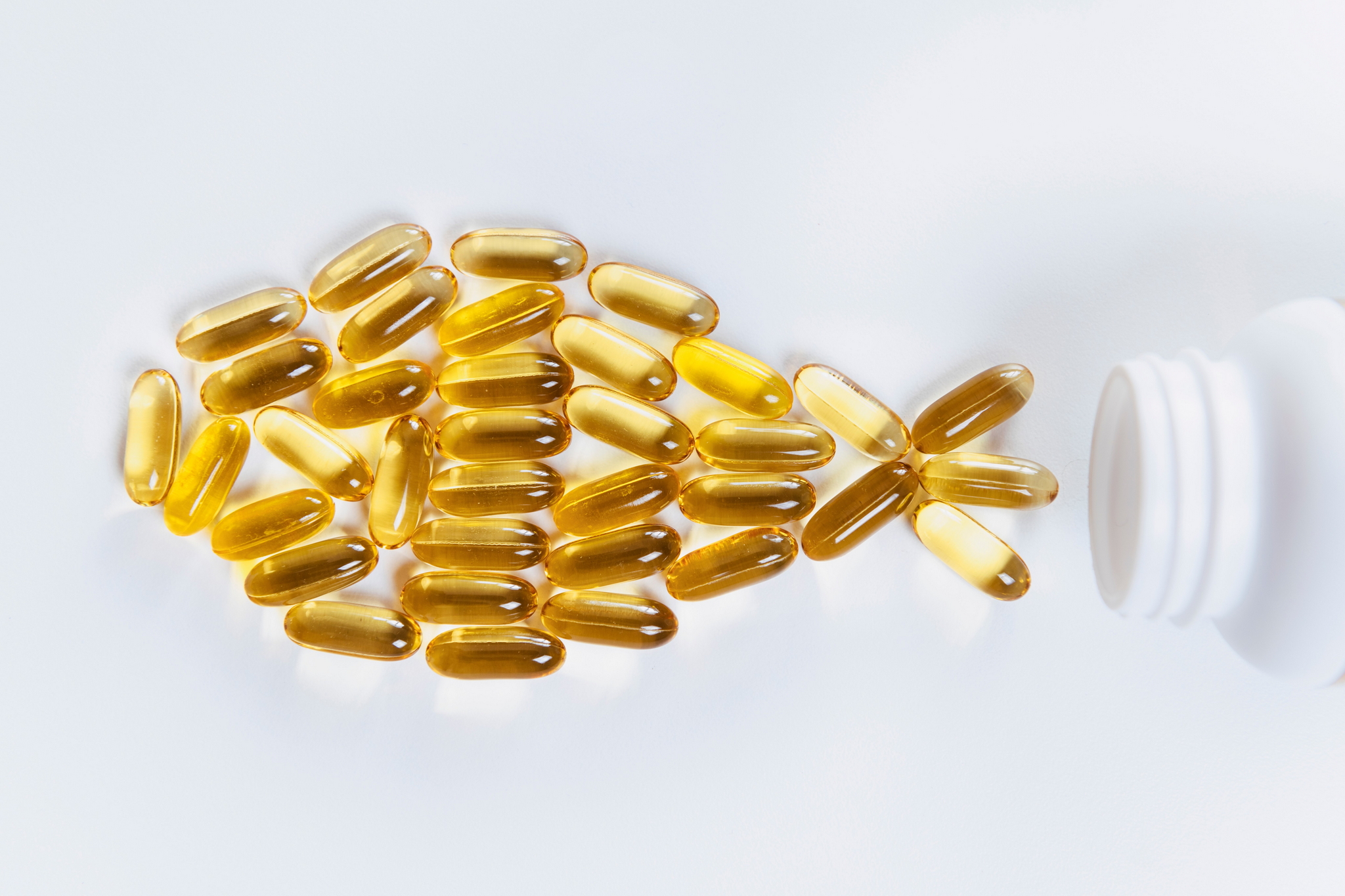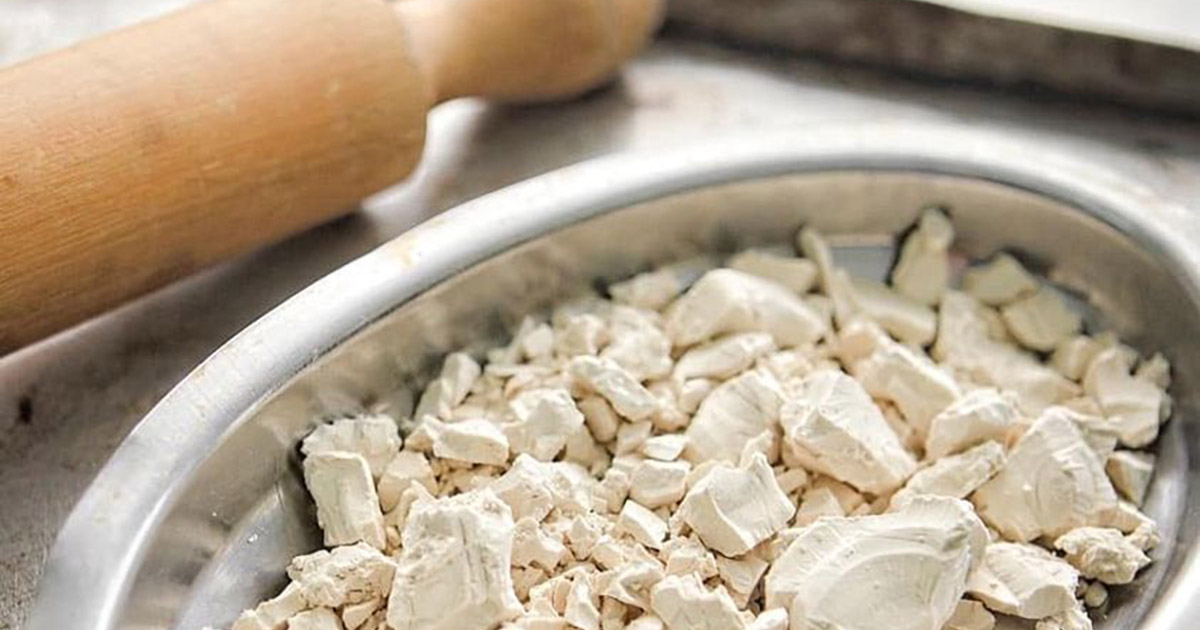
Ξέρετε τι διαχωρίζει τα υψηλής ποιότητας, αγνά συμπληρώματα Ωμέγα-3 από τα παραδοσιακά επεξεργασμένα ιχθυέλαια; Ο Δρ. Emmalee Gisslevik είναι ο ειδικός Zinzino R&D και ειδικός σε λιπαρά οξέα. Τα σωστά συμπληρώματα διατροφής θα σας δώσουν τα αποτελέσματα που ψάχνετε. Βεβαιωθείτε ότι η επιλογή σας βασίζεται σε τεκμηριωμένες αποφάσεις. Ακολουθήστε αυτή τη βασική λίστα ποιοτικού ελέγχου κατά την πλοήγηση στη θάλασσα των συμπληρωμάτων με ιχθυέλαιο.
Τι σημαίνει πραγματικά φρέσκο ιχθυέλαιο;
Αυτό φαίνεται να είναι ένα φλέγον ερώτημα όταν οι άνθρωποι εισέρχονται στον κόσμο των συμπληρωμάτων Ωμέγα. Το μυστικό – σύμφωνα με την Σουηδή γιατρό – στα τρόφιμα και στη διατροφή, είναι η οξείδωση και οι πολυφαινόλες. Δύο ιδιαίτερα σημαντικά στοιχεία που καθορίζουν αν θα πετύχετε πραγματικά, μακροπρόθεσμα αποτελέσματα. Υπάρχει επίσης ένας ακόμη δείκτης ο οποίος σχετίζεται την φρεσκάδα: η τιμή TOTOX. Αυτό το μέτρο του συνολικού επιπέδου οξείδωσης του ιχθυελαίου είναι το βιομηχανικό πρότυπο που καθορίζει τη φρεσκάδα και την ποιότητα στο ιχθυέλαιο. Δυστυχώς, είναι εύκολα παρεξηγημένο και παρερμηνεύεται. Και, τέλος, η ακόμα σχεδόν άγνωστο μυστικό συστατικό στον κόσμο του ιχθυελαίου και των συμπληρωμάτων Ωμέγα-3 – το ελαιόλαδο. Έχουν περάσει σχεδόν δέκα χρόνια από τότε που η Zinzino έκανε αυτήν την πρωτοποριακή ανακάλυψη και πρόσθεσε το αντιοξειδωτικό συστατικό στην επιστημονικά αποδεδειγμένη σύνθεσή τους.
Πριν προχωρήσετε στη λίστα ελέγχου που θα σας βοηθήσει να επιλέξετε το σωστό συμπλήρωμα Ωμέγα-3, αφιερώστε ένα λεπτό για να διαβάσετε τα Ωμέγα-3 και τα Ωμέγα-6 και τις πολυφαινόλες, όλα αυτά βρίσκονται φυσικά σε λιπαρά ψάρια. Οι πολυφαινόλες είναι εξαιρετικά ισχυρά μικροθρεπτικά συστατικά, γεμάτα με αντιοξειδωτική ικανότητα που αυξάνουν την απορρόφηση και δεσμεύουν τα Ωμέγα 3 επίμονα, ενεργώντας ως συνοδοί μέχρι τα λιπαρά οξέα να φτάσουν με ασφάλεια στις κυτταρικές μεμβράνες. Δυστυχώς, χάνονται στη διαδικασία διύλισης για να απαλλαγούν το ιχθυέλαιο από τους ρύπους, όπως ο υδράργυρος και τα PCB.
Η απόλυτη λίστα ελέγχου κατά την επιλογή συμπληρωμάτων Omega-3
1. Ελέγξτε τον τύπο και τη μορφή του Ωμέγα-3 στο λάδι
Το ιχθυέλαιο πρέπει να παραμείνει φρέσκο και ισχυρό για όσο το δυνατόν περισσότερο για να επιτρέψει στα Ωμέγα να εισέλθουν στα κύτταρά σας και να αρχίσουν να υποστηρίζουν την καρδιά, τον εγκέφαλο και την ανοσολογική λειτουργία. Κοιτάξτε στην ετικέτα για την EPA και DHA των θαλάσσιων Ωμέγα-3. Σχηματίζονται στον ιστό των ελαιώδους ψαριών και είναι το πιο κοντινό πράγμα στην κατανάλωση θαλασσινών. Θέλετε επίσης να ελέγξετε τη μοριακή μορφή Ωμέγα καθώς επηρεάζει τον τρόπο με τον οποίο λειτουργούν τα λιπαρά οξέα και απορροφώνται στο σώμα μας. Τα τριγλυκερίδια είναι η φυσική μορφή που τα λιπαρά οξέα απαντώνται στα περισσότερα φυτά και ζώα. Ωστόσο, τα περισσότερα επεξεργασμένα ιχθυέλαια βασίζονται στην πιο οικονομική έκδοση, αιθυλεστέρα. Αυτή η μορφή ιχθυελαίου δεν απορροφάται τόσο εύκολα στο σώμα μας και είναι πιο επιρρεπής στην οξείδωση και τον ραγδαίο τάγκιασμα από τη μορφή τριγλυκεριδίων.
2. Εμπιστευτείτε τις αισθήσεις σας για σημάδια φρεσκάδας
Ακριβώς όπως πραγματικά φρέσκα θαλασσινά, το φρέσκο ιχθυέλαιο δεν έχει ψαρώδη γεύση ή μυρωδιά. Αν το κάνει, έχει αρχίσει να οξειδώνει και θα είναι λιγότερο ισχυρό. Έτσι, χρησιμοποιήστε τις αισθήσεις σας, φροντίστε να κρατήσετε το προϊόν στο ψυγείο και, ελέγξτε την ημερομηνία λήξης στη συσκευασία. Αυτός είναι ένας ποιοτικός δείκτης που καθορίζει τη διαδικασία οξείδωσης και το χρόνο για τα Ωμέγα-3 να συλλέγονται στην κυτταρική μεμβράνη του σώματός σας. Επίσης, θυμηθείτε, καμία γεύση στον κόσμο δεν μπορεί να καλύψει ένα ιχθυέλαιο που έχει ταγγίσει (χαλάσει)! Τα αρωματισμένα συμπληρώματα Ωμέγα-3 κάνουν μόνο την πέψη του λαδιού μια πιο ευχάριστη εμπειρία. Η προστιθέμενη γεύση δεν έχει καμία σχέση ούτε με τη διατροφική αξία ούτε με τη διαδικασία οξείδωσης.
3. Εξετάστε προσεκτικά το εμπορικό σήμα για την απόδειξη της φρεσκάδας
Φρεσκάδα ισούται με ισχύ και κατά συνέπεια, πραγματικά αποτελέσματα. Δεδομένου ότι όλα τα ιχθυέλαια τελικά θα ταγγίσουν και θα χάσουν την ποιότητά τους, η διαδικασία οξείδωσης πρέπει να είναι μετρήσιμη. βεβαιωθείτε ότι έχετε επιλέξει ένα αξιόπιστο brand που παρουσιάζει όλους τους ποιοτικούς δείκτες – από βιώσιμες μεθόδους προμήθειας έως περιβαλλοντικούς ρύπους και το επίπεδο οξείδωσης / ποιότητας του προϊόντος. Το τελευταίο καθορίζεται στη λεγόμενη τιμή TOTOX2. Η συνολική τιμή οξείδωσης είναι ένα βιομηχανικό πρότυπο που μετρά αποτελεσματικά πόσο φρέσκο είναι το λάδι. Πρέπει να έχετε κατά νου ένα πράγμα: Η βασική εξίσωση για τον υπολογισμό του TOTOX προορίζεται μόνο για αγνά, μη αρωματισμένα ιχθυέλαια. Αυτή η τιμή μπορεί να είναι μια ψεύτικη υπόσχεση φρεσκάδας εάν το συμπλήρωμα Ωμέγα-3 που έχετε επιλέξει είναι πράγματι αρωματισμένο. Θα επηρεάσει τον συνολικό υπολογισμό, αλλά δεν έχει καμία σχέση με τη διαδικασία οξείδωσης και, ως εκ τούτου, δεν θα επηρεάσει την ποιότητα του προϊόντος.
4. Μάθετε ποια αντιοξειδωτικά έχουν προστεθεί
Υπάρχουν διάφοροι τρόποι για να επιβραδύνετε τη διαδικασία οξείδωσης στο ιχθυέλαιο, να αυξήσετε τη διάρκεια ζωής και να βελτιώσετε την ποιότητα. Η προσθήκη αντιοξειδωτικών είναι μια μέθοδος. Μείνετε μακριά από συνθετικά αντιοξειδωτικά όπως TBHQ και φοινικικό ασκορβυλικό, καθώς αυτά μπορεί να εξουδετερώσουν τα οφέλη υγείας που προάγουν τα Ωμέγα-3. Αντ 'αυτού, επιλέξτε ένα συμπλήρωμα με φυσικά αναμεμειγμένες τοκοφερόλες ή βιταμίνη Ε που θα ενισχύσει την φόρμουλα. Αλλά, και εδώ υπάρχει ένα μαγικό συστατικό που αναφέραμε στην αρχή. Υπάρχουν ακόμα πιο ισχυρές πολυφαινόλες για να σταθεροποιήσουν την οξείδωση, να βελτιστοποιήσουν την απορρόφηση στο σώμα και να βεβαιωθούν ότι τα Ωμέγα-3 θα λειτουργήσουν στις κυτταρικές μεμβράνες του σώματός σας. Οι πολυφαινόλες από ελιές είναι οι πιο κοντινές σε αυτές που βρίσκονται φυσικά στα ψάρια, και αυτός είναι ο λόγος για τον οποίο το BalanceOil+ είναι ένα συνεργιστικό μείγμα, βασισμένο στο 60% καθαρό ιχθυέλαιο από τα μικρά άγρια ψάρια και το 40% εξαιρετικό παρθένο ελαιόλαδο με πολυφαινόλες από ελιές πρώιμης συγκομιδής. Δεν θα πλησιάσεις πιο κοντά στο να φας την πραγματική συμφωνία. Θέλετε να μάθετε περισσότερα για το τι κάνει το BalanceOil+ διαφορετικό;
5. Πάρτε μια ημερήσια δόση που σας αναλογεί και τεστάρετε το προϊόν
Ο καθένας είναι διαφορετικός και το επίπεδο που το σώμα σας θα απορροφήσει το συμπλήρωμα Ωμέγα-3 έχει μικρότερη σχέση με τη συγκέντρωση Ωμέγα-3 στο προϊόν, αλλά μάλλον όλα έχουν να κάνουν με μεμονωμένους παράγοντες όπως το βάρος σας, το οξύ του στομάχου σας, τον γονιδιακό σας τύπο και ακόμη και ορισμένες αλλεργίες. Κοιτάξτε τη συνιστώμενη ημερήσια δόση στη συσκευασία και επιλέξτε ένα που περιλαμβάνει ένα διάγραμμα βάρους για να σας καθοδηγήσει. Ακόμα καλύτερα: επιλέξτε ένα συμπλήρωμα που προσφέρει επίσης εξατομικευμένες εξετάσεις αίματος που αποκαλύπτουν το μοναδικό προφίλ λιπαρών οξέων σας με πραγματική απόδειξη γραπτώς ότι τα συμπληρώματα κάνουν τη δουλειά τους. Φροντίστε να επιλέξετε ένα τεστ αίματος που διαχειρίζεται ανεξάρτητα και βασίζεται σε μια ακριβή και επιστημονική ανάλυση όπως το Zinzino BalanceTest. Η απόλυτη απάντηση-απόδειξη στο ερώτημα τι σημαίνει για το ιχθυέλαιο να είναι φρέσκο!
Συνοπτικά, η λίστα ελέγχου για τα Ωμέγα-3 συμπληρώματα:
1. Ελέγξτε τον τύπο και τη μορφή του Ωμέγα-3 στο λάδι (προτιμήστε τριγλυκερίδια)
2. Η ευχάριστη μυρωδιά είναι σημάδι φρεσκάδας
3. Εξετάστε προσεκτικά την ετικέτα για την απόδειξη της φρεσκάδας
4. Μάθετε ποια αντιοξειδωτικά έχουν προστεθεί (προτιμήστε πολυφαινόλες)
5. Πάρτε μια ημερήσια δόση που σας αναλογεί και τεστάρετε το προϊόν (με τεστ αίματος)
Αναφορές
1. Οδηγός συμπληρωμάτων Ωμέγα-3: Τι να αγοράσετε και γιατί (Αλλγικά)
2. Κατανοώντας τις τιμές οξείδωσης ιχθυελαίου (Αγγλικά)


